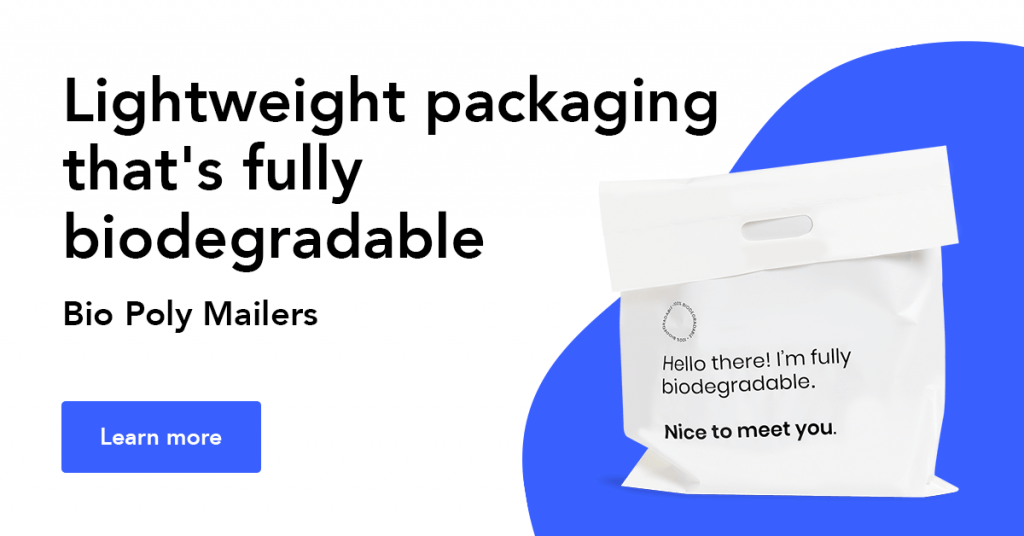13 Bad Packaging Examples That’ll Make You Cry For the Environment
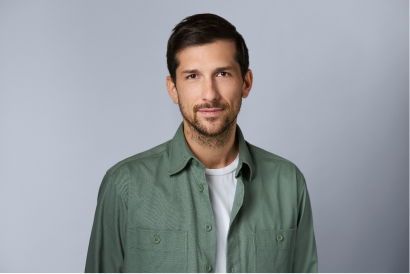
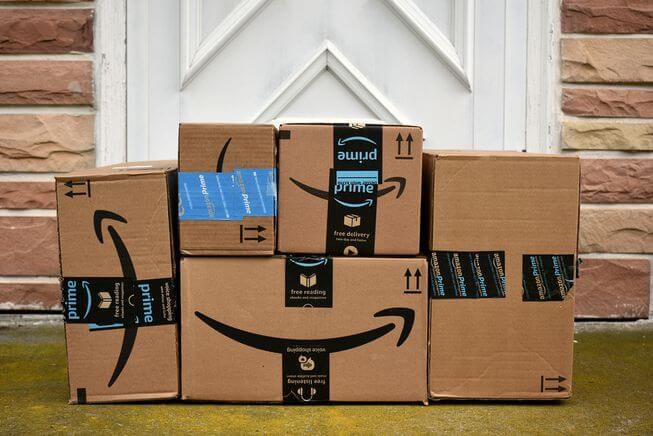
Subscribe now! Receive 15% discount.
Don’t miss out – get 15% off your first order when you join the newsletter. It’s fast, free, and kinda smart.
You're now subscribed!
In this article:
Bad packaging is as harmful as it is entertaining.
Chances are that you’ve been in a grocery store or had an Amazon delivery and thought ‘wow, this is a bit wasteful’.
And you’re exactly right. Bad packaging design is wasteful. But there’s some joy and satisfaction in seeing bad packaging design in the real world.
In this article you’ll see:
- Bad packaging examples and products with wasteful packaging
- The environmental impact of excessive packaging.
- How sustainable packaging can put an end to wasteful packaging
While many companies are making great progress in implementing sustainable packaging, there are still a few names, both big and small, that are way off the mark and have placed their items in some truly poor packaging.
It's not surprising to see it follow bad product design, or even bad branding.
Remember to continue reading after these bad packaging examples to see the impact that excess packing material has on the environment (and how can you join the fight against it!).
Bad packaging examples
Packaging design is the one thing standing behind leaving a good first impression to your customers, or them overlooking your product entirely.
The packaging itself can take on many forms, bit from time to time designers and engineers just get it wrong - with disgustingly glorious results.
Here are a few:
1 - If only eggs came with some kind of hard, protective coating...

2 - All this cardboard for a single electronic component

Source: Reddit u/OazmoWrark
3 - Individually wrapped cotton buds

Source: Reddit u/chard_evans
4 - The medical industry is also guilty of bad packaging

Source: Reddit u/u/toni-uh-o
5 - Sephora and their bad packaging for a single sample

Source: Reddit u/OldTownChode
6 - Oh, the irony…
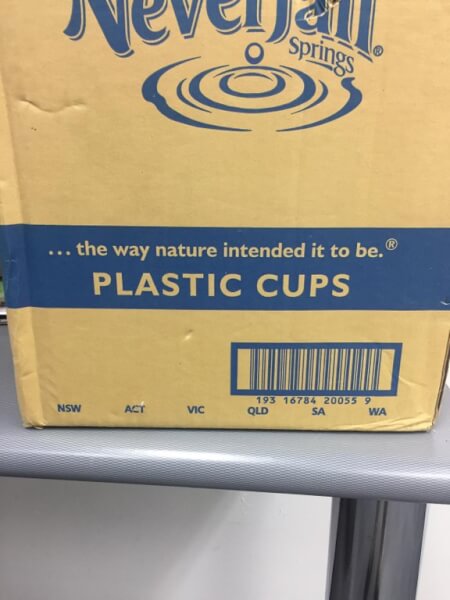
Source: Reddit u/TheReelStig
7 - Recycled ‘save our planet’ cups - in a plastic bag.

8 - Bread in your belly, plastic in the ocean

9 - All this clamshell packaging for a USB dongle

10 - The unfortunate result of wrap rage
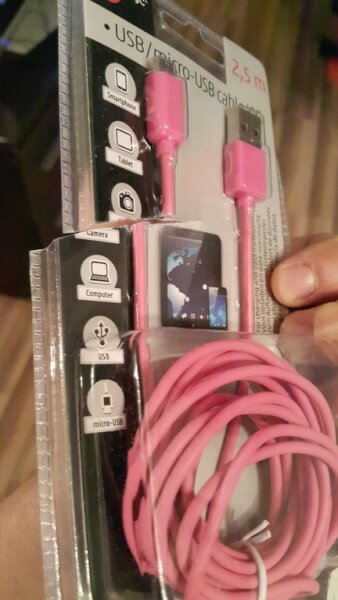
Source: Reddit u/Threndrik
11- This poor writer...
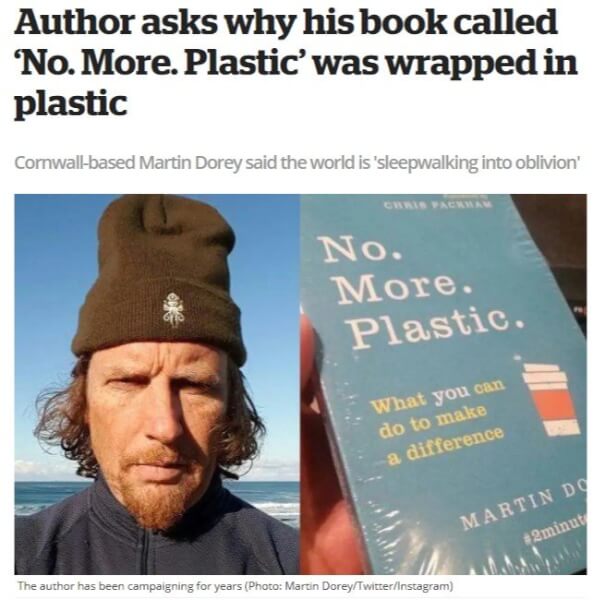
12 - Individually wrapped screws

Source: Reddit u/tinybram123
13 - Say no to plastic straws, but yes to plastic bags?

Source: Reddit u/e-s1403
Do you enjoy seething at these bad packaging examples? Here’s a few more to keep you raging:
While it’s highly entertaining to see some of the worst packaging out there, it’s important that you also understand the environmental impact this level of waste has.
To do that, let’s look at where all this plastic comes from.
How bad packaging damages the environment.
To understand how products with bad packaging damage the environment, let’s take a look at how the humble single-use plastic bottle is made.
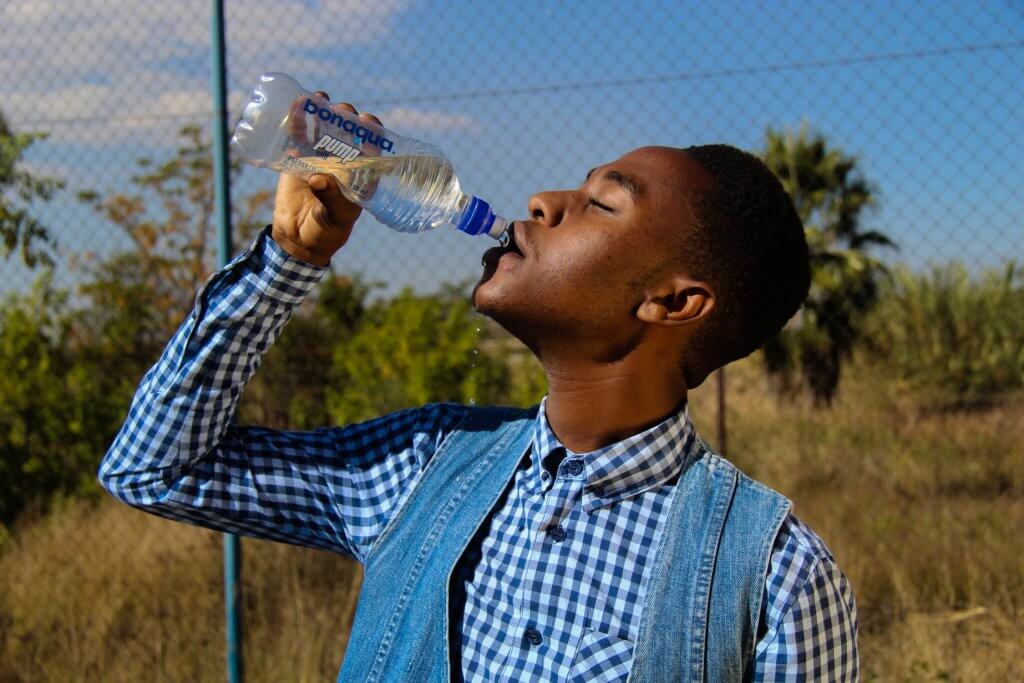
Polyethylene Terephthalate (PET) bottles start life as crude oil, a fossil fuel.
The crude oil is distilled and mixed with other chemicals until it’s sticky in texture. It’s then heated and pressed into a mould using air - this process is called injection moulding.
Once cooled, the bottle holds its form and, after a label and lid are attached, is ready to take your water.
Have you ever asked yourself why is plastic packaging bad for the environment?
Creating plastic from scratch
First of all, the raw resource used to create our PET bottle is crude oil - A fossil fuel which as we all know is unsustainable and unethical, given how much we already rely on it.

Secondly, the number of processes our bottle goes through consumes a lot of energy - both electrical and in manpower.
And lastly, what do you do with your water bottle once you’ve drunk your water?
You throw it out.
And since our PET bottle isn’t biodegradable, it’s going to spend the next 10,000 years sitting in a landfill, or even worse, floating in the ocean.
Now the process you’ve just read about applies to nearly all forms of plastic, not just the humble plastic bottle you get from the gas station.
In nearly every example of bad packaging that you saw above, there was an excess of clear plastic wrapping. This is the same material are our plastic bottle.
But it doesn’t stop there...
Think:
- Juices, sports drinks
- Yought & flavoured milk
- Condiments (ketchup, peanut butter)
- Medicine bottles
- Mouthwash
- Microwavable food trays
- Shampoo and bathroom products
- Plastic bags
- Frozen foods
- Cleaning products
- Disposable cups & cutlery
- Blister packs & clamshells
And the list goes on...
How many of these products do you buy and use in a year? You probably can't even count them.

Now consider how much of your plastic ends up in landfill, or the ocean.
These plastics will stay in the same form for the next 10,000 years. With mankind creating more waste, we need to clear more land to make space for our rubbish.
Clearly not an environmentally friendly option.
And if your plastic bottles don’t end up in a landfill, they’ll probably end up in the ocean to be eaten by ocean life, or block out the sun that’s needed to produce the food at the very bottom of the food chain.

Luckily, we’re able to recycle plastic products and turn them into other items - but they need to get to a recycling plant, first!
Here’s an example of how plastic bottles are being turned into clothing:
While this process also consumes a lot of energy (sending a ship full of rubbish from the UK to China uses a lot of oil), it’s certainly a step in the right direction.
With materials technology evolving at the breakneck speed it is, processes like the one above are only going to be improved and made more efficient.
But there’s one industry that’s only adding more fuel to the bad packaging fire -
Bad packaging culprit #1 - Ecommerce.
WebComicName knows where it’s at:

There’s probably one company that comes to mind when you think of online purchases and bad packaging.
Amazon.
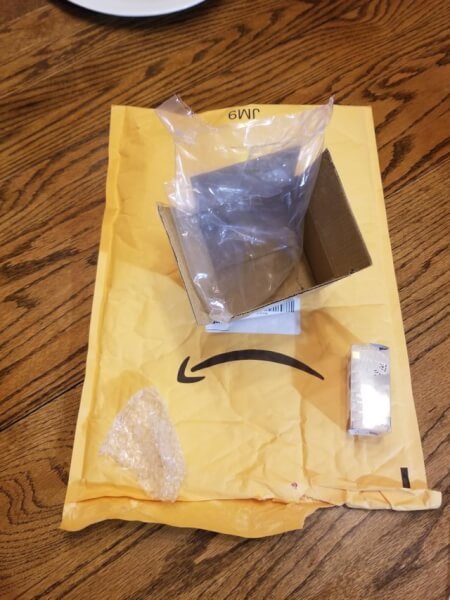
Source: Reddit u/James324285241990
Fulfilment by Amazon (FBA) products is still known to come in grossly large boxes with an absurd amount of wasted space taken up by filler.
Amazon’s frustration-free packaging initiative is a step in the right direction. However, the company could do a little more by entertaining the idea of packaging on demand.
Luckily, ecommerce brands can use the simple recycled cardboard box like a corrugated mailer, as a way to cut down on their plastic dependence.
The solution to wasteful and bad packaging
Some of the worst packaging that you've seen today has a lot to do with volume. A grossly oversized box, or excess fillers. While a lot of that may be cardboard, it still all ends up as waste.
By using a correctly sized box for your product, you can cut down on the number of materials you use - and therefore, the number of materials you buy.
Packhelp's range of ecommerce boxes and supplement containers come in many different sizes, each completely customisable as you like.
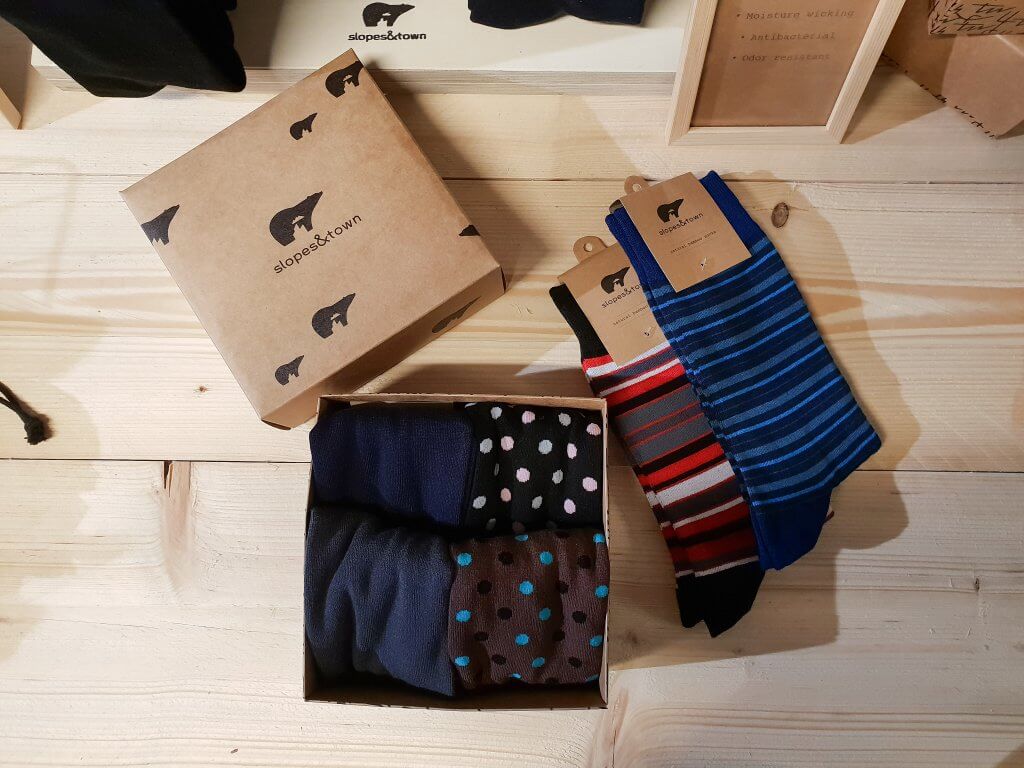
Another possible solution is plant-based packaging, such as Bio Polymailers and other mailing bags. Flexible and durable, bio polymailers are made from corn starch.

When left landfill, they start to decompose and go back into the earth.
The two resealable strips mean that you can get more uses out of the one polymailer before throwing it out.
Take a look at more of Packhelp's eco-friendly postal packaging.
NatureFlex is another product, pictured above that can help decrease our reliance on oil-based plastics.

While the energy needed to turn raw wood pulp into a transparent and waterproof bag is still more than what’s needed to create a traditional plastic bag, that cost will continue to lessen.
Consumers are putting more pressure on brands to be socially responsible and reduce their carbon footprint.
As this happens, new technology will become cheaper and accessible to more smaller brands.
Conclusion
Bad packaging is a funny concept. It's entertaining to see how awful some brands deliver their products to the world.
But it's also a great opportunity to see how much excess waste we create.
















